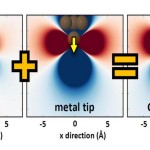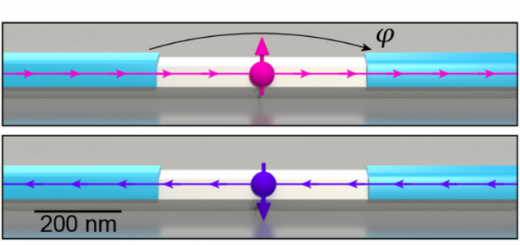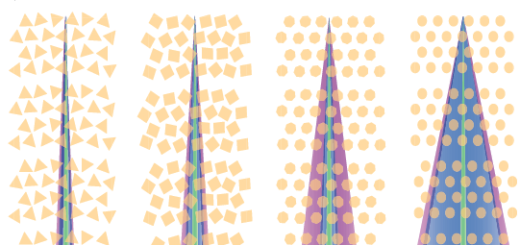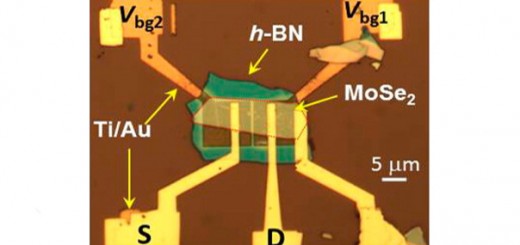The Electric Field of CO Tips and Its Relevance for Atomic Force Microscopy
 Article: published in Nano Letters by Michael Ellner, Pablo Pou and Rubén Peréz, Department of Theoretical Condensed Matter Physics and IFIMAC researchers.
Article: published in Nano Letters by Michael Ellner, Pablo Pou and Rubén Peréz, Department of Theoretical Condensed Matter Physics and IFIMAC researchers.
Frequency modulation atomic force microscopy (FM-AFM) has been recognized for a long time as one of the best tools for materials characterization at the atomic scale. The use of metal tips decorated with CO molecules represented a significant step forward in this technique that paved the way for the visualization of the internal structures of molecules with unprecedented resolution. This high resolution has been explained in terms of the strong Pauli repulsion between the closed-shell molecule acting as the probe and the electronic charge of the molecule probed. In addition, the associated tilting of the CO molecule amplifies the spatial variations of the charge density on the sample.
Notwithstanding, experiments on polar and metallic systems show that electrostatic interactions are necessary to understand the complex contrast observed and its distance evolution. Attempts to describe those interactions in terms of a single electrostatic dipole replacing the tip have led to contradictory statements about its nature and strength.
Here, we solve this puzzle with a comprehensive experimental and theoretical characterization of the AFM contrast on Cl vacancies. Our model, based on density functional theory (DFT) calculations, reproduces the complex evolution of the contrast between both the Na cation and Cl anion sites, and the positively charged vacancy as a function of tip height, and highlights the key contribution of electrostatic interactions for tip–sample distances larger than 500 pm. For smaller separations, Pauli repulsion and the associated CO tilting start to dominate the contrast. The electrostatic field of the CO–metal tip can be represented by the superposition of the fields from the metal tip and the CO molecule. The long-range behavior is defined by the metal tip that contributes the field of a dipole with its positive pole at the apex. At short-range, the CO exhibits an opposite field that prevails. The interplay of these fields, with opposite sign in the near-field and rather different spatial extensions, explains the contrast evolution observed in our experiments and reconciles the apparently contradictory claims in the literature. [Full article]



















